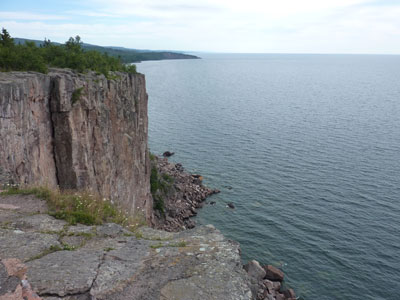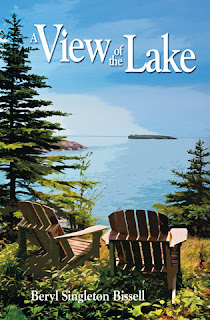The forest changes from what you'd call "North Woods" to "Boreal." The main thing that was different was the wildflowers. In fact, I turned to an old book on my bookshelf, Plants of Quetico and the Ontario Shield, by Quetico park naturalist Shane Walshe.
These flowers from the North were white, weird and waxy.
Along the Divide Lake trail (Hike 28 in my book Hiking the North Shore), we found clumps of Indian Pipe (Monotropa uniflora). Waxy and white, this flower has lives on decaying soil matter and needs no chlorophyll, thus it is white and not green at all. According to Plants of Quetico, "parboiled, boiled and roasted, this species tastes like asparagus."
Near the trailhead, I found clumps of baneberries. Yes, those white waxy "dolls eyes" are the berry of the baneberry plant (Actaea pachypoda). While you might confuse them with yogurt-covered raisins, they are quite poisonous to humans. Grouse and white-footed mice will eat them and, I presume, spread the seeds in ways I'd rather not visualize.
The last waxy weird wildflower we saw was the pipsissewa (Chimaphila umbellata). Shane Walsh wrote, "The leaves make a pleasant nibble." According to Wikipedia, the name means "it breaks into small pieces."
It was a lovely day up in the boreal north just inland from Lake Superior. But it's nice to be back where the plants are green and the berries are blue.
























